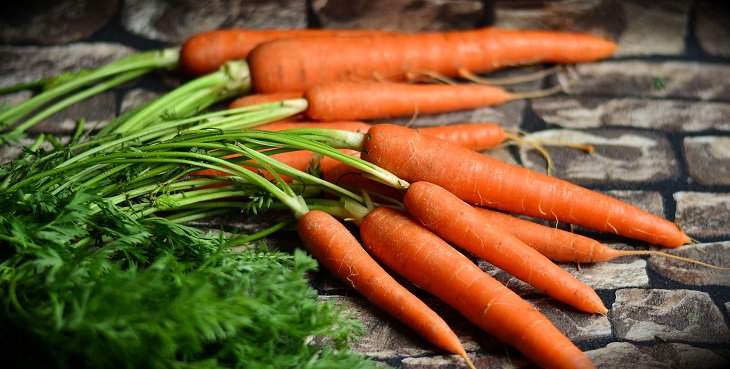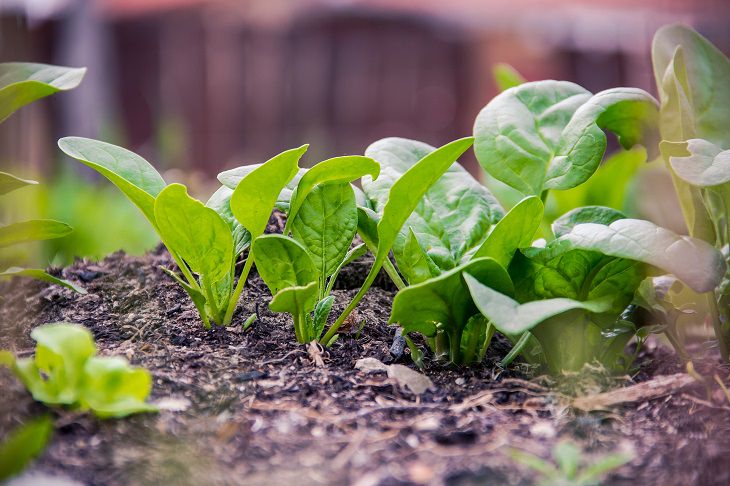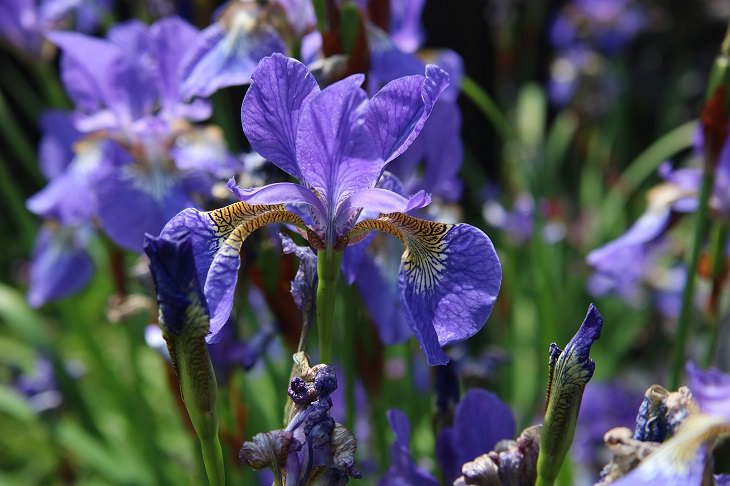As we head into fall, you might think it’s
time to hang up your gardening gloves until spring, but don’t do this
just yet, there’s still plenty to do.
Fall is a fantastic time for planting
because the air is cool, but the soil is still warm enough to encourage
root growth. For short-term gain, you can plant a number of cool season
vegetables that you can harvest before the hard frost comes. Some of
them can also be harvested well into winter if you provide them with
enough heavy mulching.
Don’t forget that planting bulbs and perennials will give you a burst of
color when spring comes around.
Below you’ll find a wide selection of plants that you should consider
planting during fall.
1. Carrots


These are a must in every fall garden.
Their feathery foliage looks good in flower beds, so you can plant them
even if you don’t have a vegetable patch. Plant carrot seeds 5 inches
apart in well-prepared garden beds once the cool season begins. Loose,
sandy soil, without stones works best for carrots. Do not add any manure
to the soil as this may cause forking.
Start harvesting your carrots as soon as the roots have filled out, but a
little frost will actually help sweeten them. Therefore, you can leave
them in the ground under a thick layer of mulch after the first frost,
and stagger the harvest throughout the winter.
2. Radishes
Radishes grow so quickly that you can have three crops back-to-back if
you have 90 days before the first frost in your area. Plant a variety of
radishes, including some late-maturing varieties that give larger and
sweeter roots. The last planting should be around 6 weeks before the
first expected frost date. Radishes only need well-drained, rich soil,
making them one of the easiest vegetables to grow.

3. Swiss Chard
This is another delightful vegetable that transcends the divide between
your flower and vegetable garden – the crinkled leaves look good
anywhere you plant them. They mature in as little as 40 days, so you can
probably get more than one crop before winter sets in.
Plant the seeds in rows in well-drained, rich soil, leaving a foot
between rows. Water the beds regularly to keep them evenly moist. As the
plants start to expand in size, you can thin them out and use the
leaves in salads.
4. Spinach

Spinach is cool-season garden staple as it
prefers cold air and warm soil. You can grow more than one batch of
spinach between fall and winter as they only need 45 days to mature.
They can also survive in winter without much protection.
This plant prefers rich soil with plenty of moisture to help it grow
fast. Sow seeds in well-prepared soil and thin them out. Don’t throw the
baby spinach plants away though, as they can be used in salads. You can
harvest the entire plant after 45 days, or you can keep plucking leaves
all through the season.
5. Kale
This superfood deserves a place in any fall garden. It’s a mid-season
plant that requires around 2 months to mature, so kale should ideally be
planted 60 days prior to the first frost. However, if you intend on
just harvesting the tender leaves, you can plant it much later and still
have plenty for your use. In fact, it’s better to plant it late as it
cannot stand the heat of summer.
Sow the seeds ½ an inch deep and then thin them out so that they are one
foot apart. Once established, this plant can withstand the cold up to
temperatures as low as 20F (-7C), so if you have mild winters, you can
continue to enjoy this vegetable throughout the season.

6. Lettuce
This is one leaf crop that you can keep planting and harvesting in
batches all through fall and well into winter. You can begin the first
batch once the summer heat lets up. Mulching the bed before planting
will help to lower the soil temperature further, as does planting the
first few batches in the shade.
Lettuces love rich, organic soils that are high in nitrogen. Sow the
seeds in well-draining beds and keep the soil evenly moist. Provide
additional feeding every three weeks. Thin out the plants as they grow
and keep harvesting the lower leaves.
7. Cool Season Lawn Grass
Fall is the best time to plant cool-season turf grasses such as fescue,
ryegrass, and bluegrass. You can either start anew from scratch or
repair bald areas in your existing lawn. The warm soil helps the roots
to spread while the tips remain dormant, resulting in healthy,
deep-rooted lawns.
8. Irises

You can plant these as early as late
summer, but fall is the best time as the cool weather and occasional
rains help the plants establish themselves better. This is then followed
by a long winter rest so that they can come out in spring with vigor
and vitality.
Irises need fertile soil that is tilled one-foot deep, but their
rhizomes should not be planted too deep in the soil. They should be
partially exposed while the roots should be covered by a few inches of
soil. Water the plant regularly to help it get established and add as
much mulch as possible for protection from the winter.
9. Roses
Fall planting of roses can help them establish a good root system. This
will make them able to withstand the ravages of nature. If you’re
planning to make a hedge out of roses, put them in the ground once the
fall chill sets in.
Roses need a sunny location, where they can get at least 8 hours of sun.
They prefer slightly acidic soil that has a pH between 6 and 6.5. Plant
roses with plenty of space in between leaving 3 feet between the
smaller varieties and 5 feet between the larger ones. For the best
results, be sure to water often and fertilize when the active top growth
starts.
10. Daffodils
When these flowers appear in late winter or early spring, it’s a welcome
sight in any garden. They are easy to care for and will grow and bloom
in any country. You should select a sunny location for these plants, but
they can also manage in semi-shade too. They are best planted in
informal arrangements – one of the best ways to do this is to throw the
bulbs over your shoulder and plant them where they land.
Daffodils can be planted as late as two weeks before the first frost,
but it doesn’t hurt to plant them a bit earlier. Plant the bulbs 3-5
inches deep and cover them with a layer of mulch.
https://gscrochetdesigns.blogspot.com. one can see my crochet creations
https://cancersupportindia.blogspot.com. feel free to view for easy, simple and health tips
https://kneereplacement-stickclub.blogspot.com. for info on knee replacement
https://GSiyers home remedies.blogspot.com is the latest addition to my blogs.
No comments:
Post a Comment